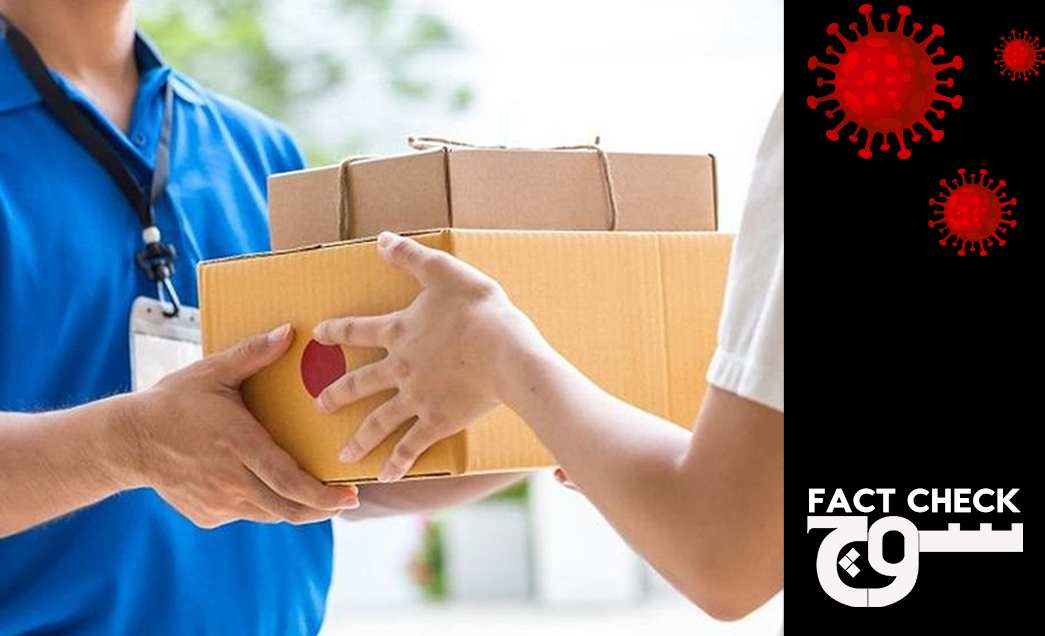
Claim: COVID-19 can be contracted through inanimate objects.
Fact: The novel coronavirus does not survive for long on surfaces.
The rapid spread of the 2019 Novel Coronavirus has convinced a lot of people that they can contract COVID-19 through inanimate objects as well as through direct contact with humans. Many have taken to social media to express their anxiety around receiving deliveries, especially from China, and handling food and money because they fear that their packages might have the infectious virus living on it.
Is it safe to receive deliveries and packages?
While it is true that the virus can survive on surfaces, according to the World Health Organisation (WHO), it does not last for long. The Harvard Medical School reports that the COVID-19 virus can survive up to four hours on copper, up to 24 hours on cardboard, and up to two or three days on plastic and stainless steel. This means that international deliveries are safe to receive because of their travel time, especially those from China.
Furthermore, in the Frequently Asked Questions about COVID-19 section, WHO specifically stated it is safe to receive deliveries from areas where the virus has been detected.
However, following research findings pertaining to the longevity of the virus, when it comes to accepting packages which have a short delivery time, or objects which change hands regularly, then one must take precautionary measures. According to health experts at Centers for Disease Control and Prevention, the most effective way to do this is to wash hands and disinfect delivery packages and other surfaces within one’s household regularly.
Can you get the coronavirus through food?
Currently, there is no evidence that suggests that COVID-19 can be transmitted through food or its packaging. This is supported by various food regulatory authorities around the world including the European Food Safety Authority, The Food and Drug Administration (FDA) in the US and the German Federal Institute for Risk Assessment. Furthermore, The Centers for Disease Control and Prevention report that the likelihood of the coronavirus spreading from cooked or refrigerated food items is small because of its low survivability on surfaces.
What about banknotes?
Since the spread of the COVID-19, there have been reports that authorities in the US and China have been taking measures to curtail the transmission of the virus through banknotes. The U.S Federal reserve quarantined physical dollars that it repatriated from Asia before re-circulating them in the U.S, whereas there were reports of China’s central bank deep-cleaning and destroying potentially infected banknotes in mid-February.
However, the U.S Centers for Disease Control and Prevention experts believe that COVID-19 spreads primarily from person to person, between people who are within 6 feet distance of each other and through droplets which are produced by a sick’s person’s cough or sneeze. Moreover, the WHO also says that “the disease can spread from person to person through small droplets from the nose or mouth which are spread when a person with COVID-19 coughs or exhales,” and urges people to keep more than three feet away from a sick person and to wash their hands regularly.
According to CDC, this means that it is possible for a person to “get COVID-19 by touching a surface or object that has the virus on it and then touching their own mouth, nose, or possibly their eyes, but this is not thought to be the main way the virus spreads.”
Therefore, while banknotes can carry the virus, doctors and health specialists have said this not the primary mode of transmission and can be avoided through regular disinfection and hand washing.
